Background:
When using LTspice to simulate such a circuit (the opto-model is called PC357NT and is part of some exhaustive lib called "ZZZ" which I downloaded a long time ago. The PC357NT seems to be a pretty standard opto with ~100% nominal CTR):
I can identify three regions in the behavior with respect to the voltage V1: A linearish region, in which the output transistor is saturated. And then two regions of more constant current, where the transistor becomes base-current-starved. The starvation happens at rather different current because of the very different forward and reverse \$\beta\$ of the transistor.
If you pay attention to the blue circle, the behavior is rather linear around zero volts. When simulating a small bipolar current on the secondary side, it passes rather symmetrically. E.g. when applying +/- 2.5 V, I get a rather symmetric current:
Question:
Does this behavior qualitatively agree with real optocouplers? I.e. will they pass a bipolar current when bipolar voltages are applied to their output?
I have a project where I need an isolated switch to pass/block about 100µA bipolar current (actually +/- 2.5 V at 22 kΩ impedance) and it has to work faster than ~50 µs and I already have optocouplers in the BOM.




